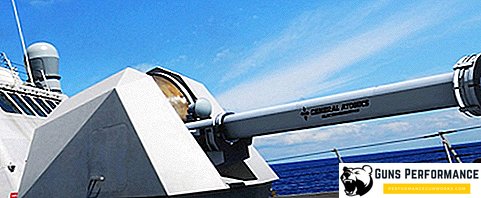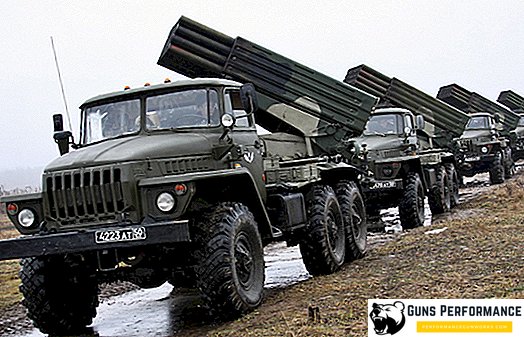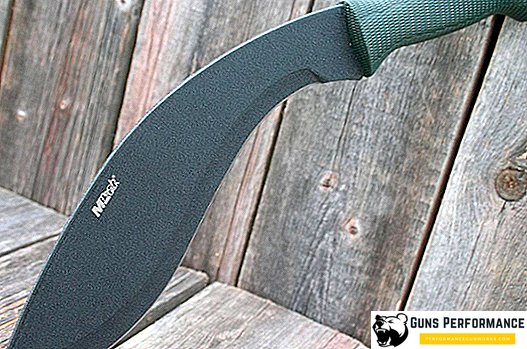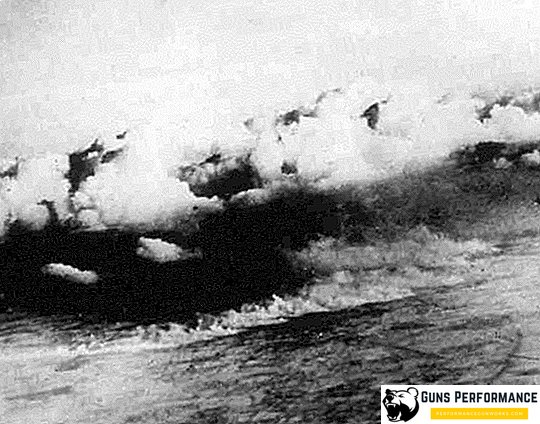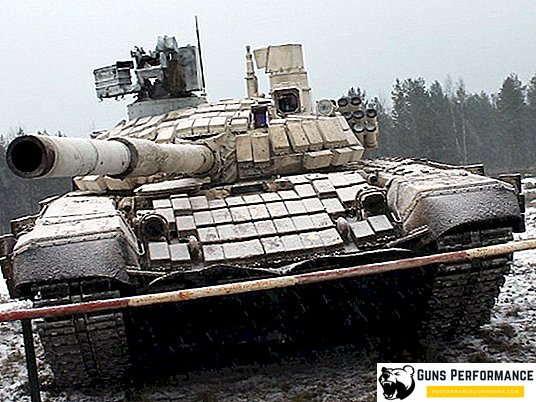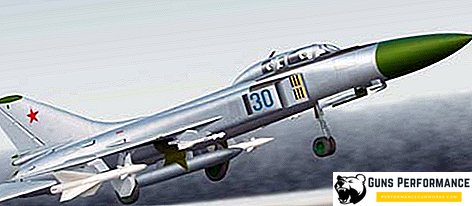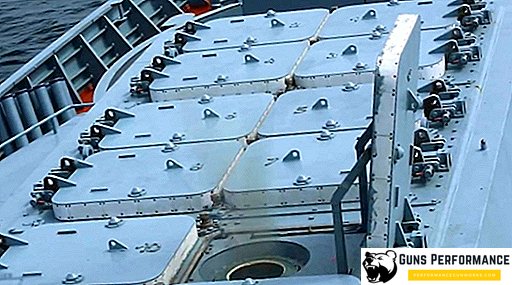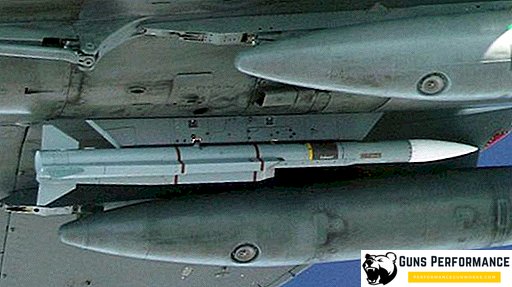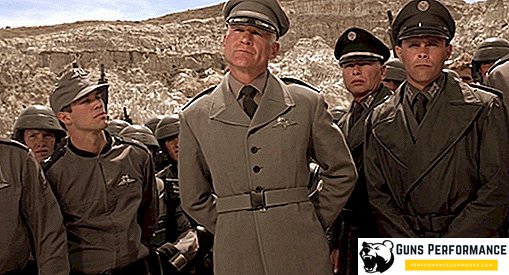
Lovers of history, military equipment and weapons, we have prepared for you a very useful digest of 10 articles from the portal Warspot. Discover the amazing battle and tank world, pass the tests and read about the movie with us:
- Super heavyweight trophy //warspot.ru/8780-sverhtyazhyolyy-trofey
German super heavy tank Pz.Kpfw. Maus left a significant mark in the history of tank building. It was the heaviest tank in the world, designed as an assault vehicle, almost invulnerable to enemy fire. In many ways, the fate of this tank was similar to the fate of another giant - the French FCM 2C, which still bears the title of the largest (in size) tank in the world. Like the French super-heavy vehicles, the German never entered the battle: in both cases, the tanks were undermined by their own crew. Another similar feature in the fate of the giants was that the blown-up tanks became trophies and objects of scrutiny. - Iron kaput //warspot.ru/11521-zheleznyy-kaput
What only nonsense is not created about the German semi-mythical super-heavy tank P.1000. And even the name for this car came up with enthusiasts - Ratte, in German "rat". Under the layers of these myths is already difficult to get to the truth, but we will try. The project of such a tank really existed and was considered by the leadership of the Third Reich. Moreover, large-scale models of the two P.1000 versions were even built. Warspot offers a look at the car, the design history of which does not cause anything but sad laughter.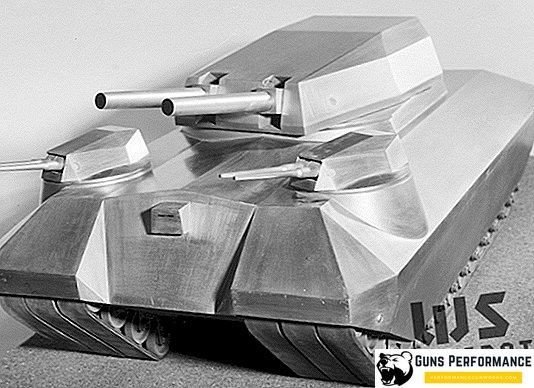
- Tank building on the verge of common sense //warspot.ru/4995-tankostroenie-na-grani-zdravogo-smysla
On March 11, 1941, Soviet intelligence passed "upstairs" information that production of heavy tanks was launched in Germany. The largest of them, Type VII, allegedly had a mass of 90 tons and weapons in the form of a 105-mm cannon. The Soviet leadership took the reports of the scouts seriously. Accordingly, the work of the designers, who were instructed to create a worthy opponent for the German heavy tanks, began to boil. The result of this work was several extraordinary projects of the KV-4 and KV-5 tanks. - Atypical Battle of Kursk //warspot.ru/12331-netipichnaya-kurskaya-bitva
More recently, the Battle of Kursk was usually presented as a defensive battle "from a deep trench" or a tank battle at minimum distances. Recent studies have somewhat corrected this image - they added to it both the stubborn defense near the village of Cherkassy with the Panthers crowding around the anti-tank ditch, and the real picture of the battle of Prokhorovka as a counterattack against the adversary of 88-mm Tigers. - Unknown Stalingrad: Anatomy of the Legend of Pavlov’s House //warspot.ru/8466-neizvestnyy-stalingrad-anatomiya-legendy-o-dome-pavlova
If Stalingrad is one of the most significant symbols of the Great Patriotic War, then Pavlov’s House is the cornerstone of this symbol. It is known that for 58 days the international garrison held the building in the center of the city, repelling the numerous attacks of the Germans. According to Marshal Chuikov, Pavlov’s group destroyed the Germans more than they lost when they took Paris, and General Rodimtsev wrote that this ordinary Stalingrad four-story building was listed on Paulus’s personal map as a fortress. But, like most wartime legends created by the workers of GlavPUR, the official defense history of “Pavlov’s House” has little to do with reality. In addition, much more significant episodes of the battle for Stalingrad remained in the shadow of the legend, and the surname of one person remained in history, leaving the names of others in oblivion. Let's try to correct this injustice.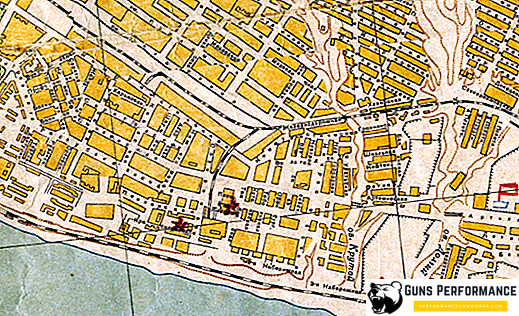
- Two fighters: the appearance of the Red Army in 1941 and 1945 //warspot.ru/2727-dva-boytsa-vneshniy-vid-krasnoarmeytsa-1941-i-1945-godov
The Great Patriotic War, which lasted four years, dramatically changed the Red Army, which, after the terrible defeats of 1941, by the spring of 1945, was able to change the course of events and win. However, the Soviet soldier not only gained experience, but also changed outwardly. The Warspot special project will help you to understand how the uniform and equipment of the Red Army changed during the years of the Great Patriotic War.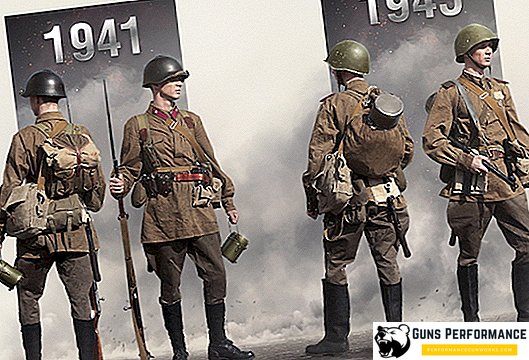
- Medical card of the Roman soldier //warspot.ru/12012-meditsinskaya-karta-rimskogo-soldata
In the eyes of our contemporaries, Roman soldiers appear as iron men, ready to go to the ends of the earth and carry out any order. The price that was paid for this image is measured in human lives. We will try to look at the Roman military service through the eyes of ordinary soldiers in order to assess the weight of the sacrifices made by them, as well as find out what their state of health was, the quality of life, and the chances of surviving old age. - Warspot pro movie: ordinary fascism Paul Verhoeven //warspot.ru/11595-warspot-pro-kino-obyknovennyy-fashizmm.pola-verhovena
Attention! This text was created for the sole purpose: to praise Paul Verhoeven, and with it, “Star Troopers” is one of the best films of all time. If this is unacceptable for you, read better about the much less controversial great films "Only Old Men Go To Battle" and "Go and See".
In 1997, Paul Verhoeven released his "Star Marine" to the big world. The film about the confrontation between people and vicious arachnids received such devastating criticism that any other director would probably have shot himself. But Verhoeven was no stranger, so everything worked out. Perhaps the audience of the 90s is not mature enough for such satire. Or just did not want to notice her.
- Comparative tank studies: Warspot test //warspot.ru/6387-sravnitelnoe-tankovedenie-test-warspot
Disputes about which of the tanks of the Second World War was the best, do not subside until now. Moreover, as practice shows, people who have a rather vague idea about armored vehicles and their characteristics often take part in such verbal battles. Without claiming to know the absolute truth, the Warspot editorial board invites you to evaluate your knowledge of the tactical and technical characteristics of the combat vehicles of the time. - Whalers against steel sharks //warspot.ru/1869-kitoboi-protiv-stalnoy-akuly
During World War II, German submarines sent thousands of merchant ships to the bottom. Their attacks can be compared with the attack of wolves on sheep, which ruthlessly tore herds of convoys and did not spare the loners. However, not all the "sheep" were so harmless and sometimes gave resistance to predators, leaving them without prey. In the Battle of the Atlantic, there was a special case when the hunter and the victim changed places - such an honor fell to the Norwegian whaling shipbase Kosmos II. Whalers, the harsh people of the doomside, attacked a submarine, getting a real chance to put an end to the career of a famous underwater ace.





